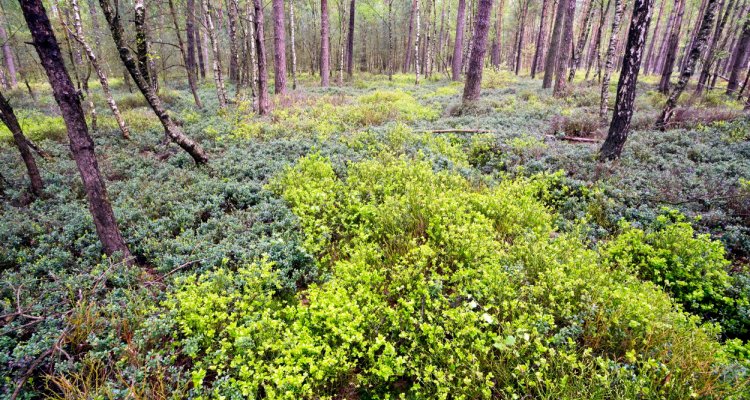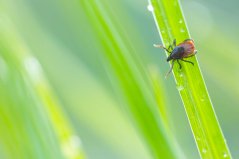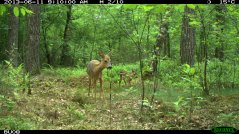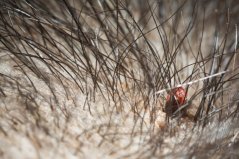
Project
Tick-host interactions
Tim Hofmeester investigates how the composition of wild animal communities affects the prevalence of tick-borne pathogens – particularly those that cause Lyme disease – in the Netherlands.
Project description
Tim Hofmeester in Vroege Vogels (Dutch national television)
Many vector-borne diseases are zoonotic, which means that the pathogens causing these diseases are maintained by wildlife or husbandry animal hosts. As both vector and pathogen populations are maintained by hosts, identifying which hosts are most important in this maintenance is a critical step in predicting or preventing disease.
In my current research, I link host characteristics to the importance of hosts in maintaining both a vector and a pathogen. The studied vector is the tick Ixodes ricinus, the most common tick species in Europe, which vectors many diseases such as Lyme Borreliosis, Tick-borne Encephalitis, Babesiosis and Human Granulocytic Anaplasmosis. The pathogen is Borrelia burgdorferi s.l., a spirochete species complex that causes Lyme Borreliosis, the main tick-borne disease in Europe and North America. I try to identify host characteristics that play a large role on the fitness of ticks feeding from these hosts and on tick burdens of different hosts, which will aid in the identification of the key host species that maintain I. ricinus populations. I test the importance of these key hosts in a field study, which includes the influence of different host species on the prevalence of B. burgdorferi s.l..
By using host characteristics to identify the key hosts in the maintenance of I. ricinus and B. burgdorferi s.l. populations, the knowledge gained in this research can be expanded to other vector-borne and zoonotic diseases, increasing the predictive power in the epidemiology of new or little studied zoonotic diseases. Furthermore, it will aid in predicting disease risk for humans, and in selecting intervention methods to reduce tick-borne disease risk.
Student projects
At the moment I have the opportunity for several MSc thesis projects. I will do a lot of field work in the Netherlands from March 2013 until October 2014. Within this fieldwork there are multiple thesis opportunities, concerning camera trapping, live catching of mammals, studying road kill or hunted animals and collecting ticks in the field. Furthermore, there is a special project on the influence of roe deer populations on ticks.
Please feel free to contact me for more information or if you have any questions concerning student projects.


